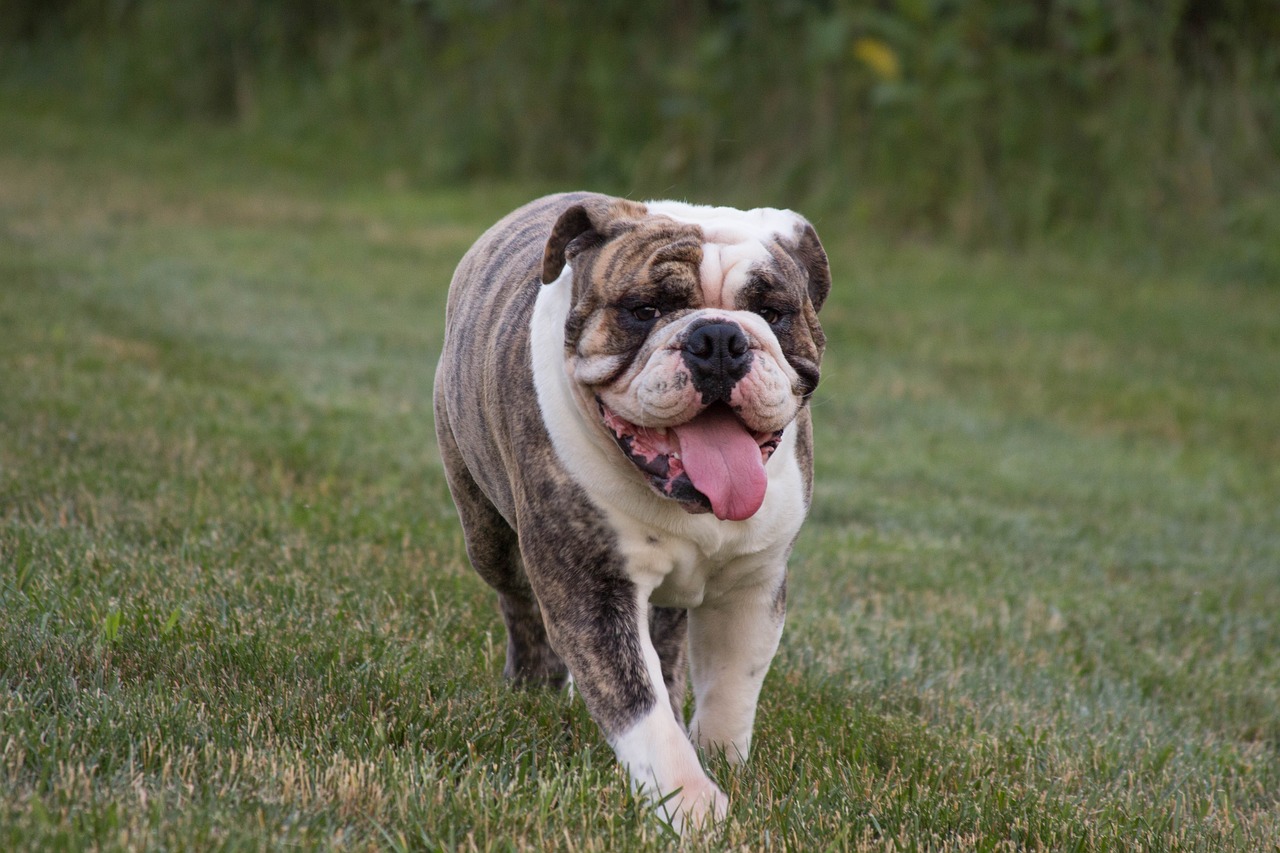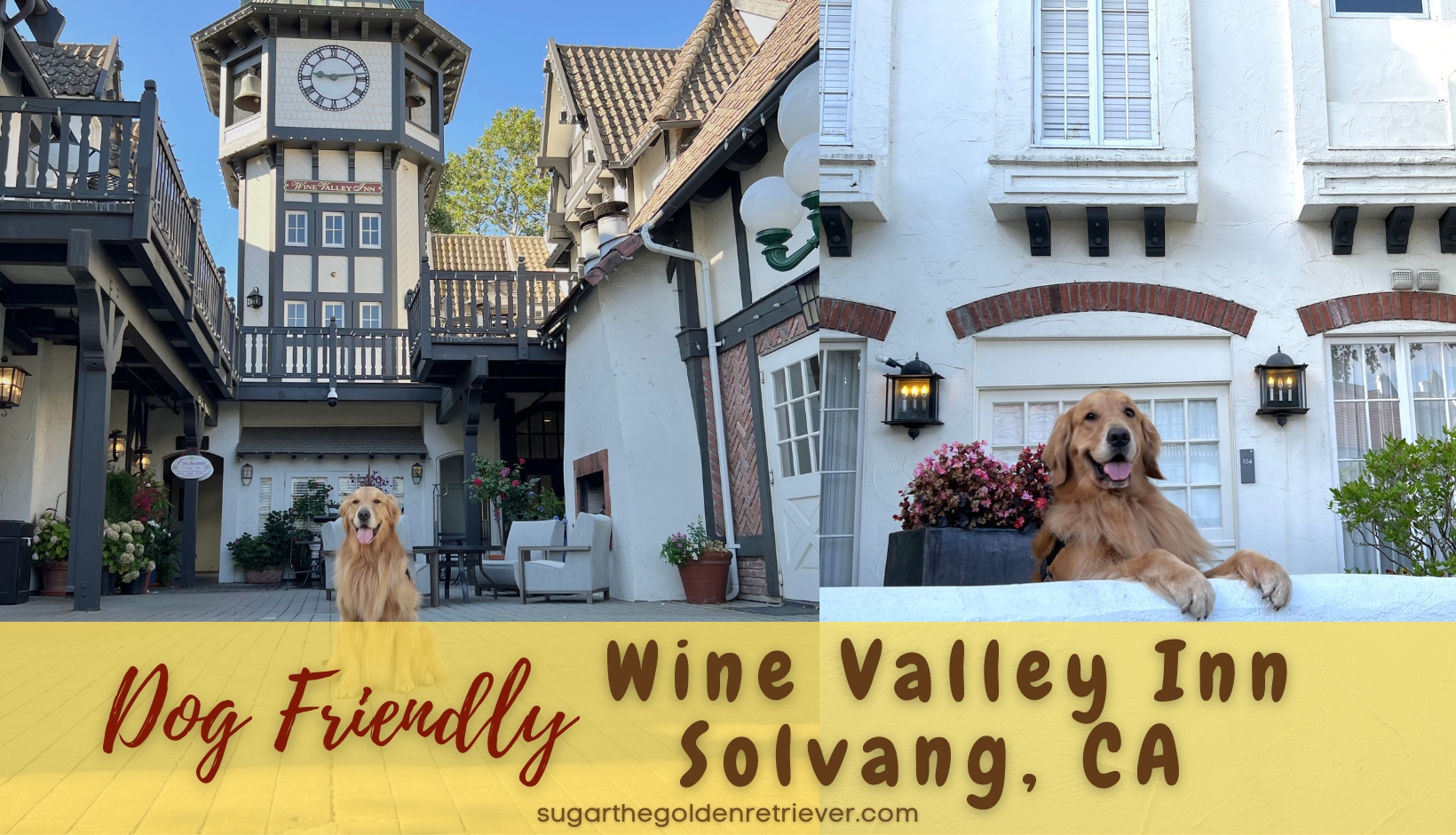Bulldogs, with their distinctive muscular build, pushed-in nose, and wrinkled face, are one of the most recognizable and beloved dog breeds. Originating in England, Bulldogs were originally used for bull-baiting but today are known for their gentle disposition and affectionate nature. Despite their somewhat intimidating appearance, Bulldogs are friendly and are excellent companions. They are characterized by their calm demeanor, loyalty to their families, and minimal exercise needs, making them perfect for various living situations, including apartment living. When considering dog breeds similar to Bulldogs, it’s important to look at those with comparable physical characteristics, temperament, or care requirements. Whether it’s their brachycephalic (flat-faced) features, sturdy physique, or their loving and relaxed nature, several breeds share similarities with Bulldogs. These breeds offer alternative options for those who appreciate the unique qualities of Bulldogs but are looking for a slightly different companion.
1. French Bulldog
French Bulldogs share the Bulldog’s brachycephalic facial structure, with their flat noses and expressive, bat-like ears setting them apart. Smaller than their English counterparts, French Bulldogs possess a playful and affectionate nature, making them great companions. They have a muscular build and a smooth coat, and like Bulldogs, they require minimal grooming. French Bulldogs are known for their adaptability, thriving in various living environments, and are particularly suited for city living due to their moderate exercise needs. Their sociable demeanor makes them excellent pets for families, singles, or seniors, embodying a charming blend of humor, loyalty, and affection.
2. Pug
Pugs are another brachycephalic breed, known for their distinctive wrinkled face and curled tail. They share the Bulldog’s loveable and gentle nature, with a compact body and a coat that comes in a variety of colors. Pugs are renowned for their playful and affectionate personality, making them excellent family pets. They thrive on human companionship and are known to be shadowy followers of their owners. Like Bulldogs, Pugs have minimal exercise needs but enjoy playtime and short walks. Their small size and adaptability make them well-suited for apartment living and owners who desire a less active breed.
3. Boxer
Boxers, with their muscular build and distinctive pushed-in nose, share physical characteristics with Bulldogs but are larger and more energetic. They are known for their loyalty, protective nature, and playful spirit, making them excellent family companions. Boxers are highly energetic and require regular exercise to maintain their health and happiness. Despite their size, they are known to be gentle with children and form strong bonds with their families. Their short coat requires minimal grooming, similar to Bulldogs, and they are known for their expressive, often humorous demeanor.
4. Boston Terrier
Boston Terriers, often referred to as the “American Gentleman,” share the Bulldog’s friendly and affectionate nature. They have a tuxedo-like coat pattern, erect ears, and a compact, muscular build. Boston Terriers are smaller than Bulldogs but share the brachycephalic facial structure. They are intelligent, easily trainable, and known for their gentle disposition, making them great pets for families and individuals alike. Their moderate exercise needs and adaptability to apartment living make them similar to Bulldogs in terms of lifestyle requirements.
5. Bullmastiff
Bullmastiffs are larger than Bulldogs but share their solid build and protective nature. They were originally bred as estate guardians, combining the size and strength of the Mastiff with the agility of the Bulldog. Bullmastiffs are known for their loyalty, courage, and gentle temperament with their families. They are relatively low-energy compared to other large breeds but require space to accommodate their size. Their short coat is easy to maintain, requiring minimal grooming, and they are known for their calm and affectionate nature towards family members.
6. Staffordshire Bull Terrier
Staffordshire Bull Terriers, often mistaken for pit bulls, share the Bulldog’s muscular physique and affectionate nature. They are known for their strength, courage, and gentle disposition, especially towards children, earning them the nickname “nanny dog.” Staffordshire Bull Terriers are energetic and require regular exercise but are also content with cuddling and being close to their families. They have a short, easy-to-care-for coat and, despite their robust appearance, are loving and loyal companions.
7. American Bulldog
American Bulldogs are larger and more athletic than English Bulldogs but share the same strong build and loyal temperament. They were originally used for farm work, including guarding and hunting, but today are valued family pets. American Bulldogs are known for their courage, strength, and protective nature. They are more active than English Bulldogs and require regular exercise to maintain their health and muscle tone. Their affectionate nature and loyalty to their families make them excellent companions.
8. Bull Terrier
Bull Terriers, recognizable by their egg-shaped head and muscular build, share the Bulldog’s playful and affectionate nature. They are energetic and require more exercise than Bulldogs but are known for their loving and loyal disposition. Bull Terriers are great companions for active families and thrive on interaction and activity. Their coat is short and easy to maintain, and they are known for their unique appearance and charismatic personality.
9. Shar-Pei
Shar-Peis are known for their deep wrinkles and blue-black tongue, sharing the Bulldog’s distinctive appearance in their own unique way. They were originally bred for hunting and guarding in China but today are cherished family pets. Shar-Peis are independent but loyal to their families, with a calm and confident demeanor. They require minimal grooming despite their wrinkled skin and are known for their aloofness with strangers, making them excellent watchdogs.
10. Cane Corso
Cane Corsos are a large Italian breed known for their protective nature and muscular build, sharing similarities with the Bulldog’s sturdy physique. They are more energetic and require ample space and exercise but are incredibly loyal and affectionate with their families. Cane Corsos are intelligent, easily trainable, and make excellent guard dogs due to their alertness and protective instincts. Their short coat is easy to maintain, and they thrive in an active, engaged family environment.
While each of these breeds shares certain characteristics with Bulldogs, they each bring their unique qualities and requirements. From the compact and affectionate Pug to the larger and more protective Cane Corso, there is a wide range of breeds that cater to lovers of the Bulldog’s distinctive appearance, gentle nature, and loyal temperament. Whether you’re drawn to the Bulldog for its looks, personality, or suitability for family life, there’s likely a breed on this list that meets your preferences while offering something new and different.
What Are Bulldogs Like? How Are They Different Than Other Breeds?
Bulldogs, specifically English Bulldogs, are one of the most distinctive and recognizable breeds, known for their loose, saggy skin, pushed-in noses, and stocky builds. This breed embodies a unique combination of muscular strength and a waddling gait. Bulldogs are medium-sized dogs with a compact, muscular body. Their face is their most notable feature, characterized by wrinkles and folds, particularly around the broad nose and jaw. The breed’s coat is short, smooth, and fine, requiring minimal grooming and comes in various colors, including brindle, white, red, fawn, or a combination thereof.
Temperament and Social Behavior
Bulldogs are renowned for their docile and loyal nature. They form strong bonds with their families and are known for their patience and affection towards children, making them excellent family pets. Despite their somewhat glum appearance, Bulldogs are quite amiable and have a friendly disposition. They are not known to be excessive barkers but will alert their owners to visitors, showing a protective side when necessary. Bulldogs enjoy companionship and do not like being left alone for long periods, which can lead to separation anxiety.
Exercise and Training
Compared to other breeds, Bulldogs have relatively low exercise needs. They enjoy short walks and indoor play but are prone to overheating due to their brachycephalic (short-faced) structure, so care must be taken in warmer climates. Bulldogs can be stubborn, making training a challenge, but they are also eager to please, responding well to positive reinforcement methods. Early socialization and puppy training classes are recommended to help Bulldogs develop into well-adjusted adults.
Health Considerations
Bulldogs have a unique set of health challenges, primarily due to their distinctive physical features. Their brachycephalic nature can lead to breathing difficulties and a susceptibility to heatstroke. Skin infections can occur within their wrinkles if not cleaned regularly. Bulldogs are also prone to hip dysplasia and certain eye conditions. Regular veterinary care, a healthy diet, and maintaining an ideal weight are crucial for mitigating health risks. The breed’s lifespan typically ranges from 8 to 10 years, with proper care extending those years with quality life.
Comparison with Other Breeds
Bulldogs differ from other breeds in several key areas, most notably their brachycephalic facial structure, which requires special attention to breathing and temperature regulation. Unlike more active breeds that thrive on vigorous exercise, Bulldogs are content with a more sedentary lifestyle, although they still require daily activity to maintain health. Their calm and affectionate temperament sets them apart from more independent or high-strung breeds, making Bulldogs particularly well-suited to families and those seeking a loyal companion.
While some breeds are bred for specific work or sports, Bulldogs are primarily companion animals, known for their loving nature and adaptability to various living situations. Their grooming needs are minimal compared to long-haired breeds, but they require regular care to maintain their skin and overall health.
Bulldogs are a breed apart, with their unique appearance, gentle disposition, and moderate care needs making them beloved pets around the world. They offer a blend of loyalty, affection, and resilience, wrapped in a package of distinctive physical characteristics. While Bulldogs may not be the right fit for everyone, particularly those seeking a high-energy companion, they are unparalleled in their suitability for family life and their ability to form deep bonds with their owners. Understanding and appreciating the differences that set Bulldogs apart from other breeds can help ensure these remarkable dogs live happy, healthy lives as cherished members of their families.



